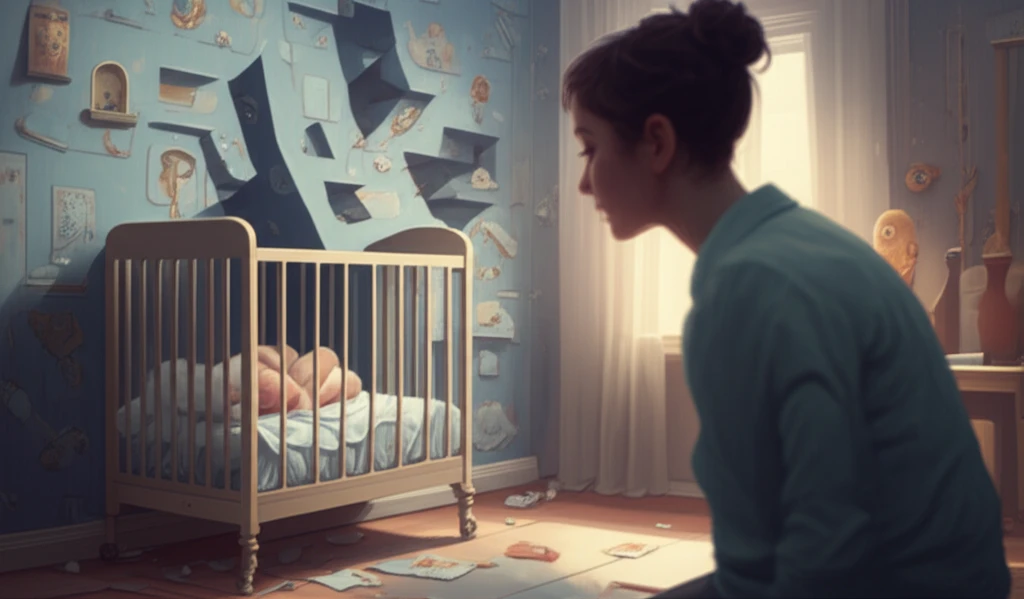
Baby Product Safety: Are Common Items Putting Your Child at Risk?
"A new study reveals alarming statistics about injuries linked to everyday baby products. Learn how to protect your little one."
As parents, caregivers, and even those designing products for children, we constantly strive to ensure the safety and well-being of our little ones. We diligently research car seats, baby-proof our homes, and carefully select toys, all in an effort to create a safe environment for our children to thrive.
However, even the most well-intentioned efforts can sometimes fall short. A recent study has shed light on a concerning trend: injuries associated with common baby products are more prevalent than many realize. These findings highlight the importance of staying informed, vigilant, and proactive in protecting our children from potential harm.
This article aims to unpack the key findings of this study, offering insights into the types of products most frequently linked to injuries, the common mechanisms of injury, and practical steps parents can take to mitigate risks. By understanding these dangers, we can all work together to create safer environments for our children to explore and grow.
Hidden Hazards: The Unexpected Risks in Your Baby's Gear

Baby products are designed to make life easier, but sometimes, these items can lead to unexpected injuries. A study, which was part of the Canadian Hospitals Injury Reporting and Prevention Program (CHIRPP), examined emergency department visits related to baby product injuries between 1990 and 2008. The results might surprise you.
- Cribs and Strollers: These were the most frequently involved products, accounting for 31% of all cases.
- Falls: Falls from baby products were the primary mechanism of injury, making up 60% of the incidents.
- Product Malfunction: Overall, product malfunction or breakage occurred in 2.1% of cases, but this varied significantly by product. "Jolly Jumpers" (32.1%) and infant swings (14.1%) had the highest rates of malfunction.
- Severity: While most injuries were not life-threatening, 5.5% of patients required hospital admission.
- Injury Location: Nearly three-quarters (71.1%) of all cases involved injuries to the head, face, and neck region, a significantly higher proportion than overall injuries in the same age group.
Protecting Our Children: Simple Steps for a Safer Environment
The CHIRPP study serves as a reminder that constant vigilance is key. By staying informed, proactive, and engaged in our children's safety, we can significantly reduce the risk of injury and create a world where they can thrive without unnecessary harm. Here are practical steps to create a safe environment for your children:
